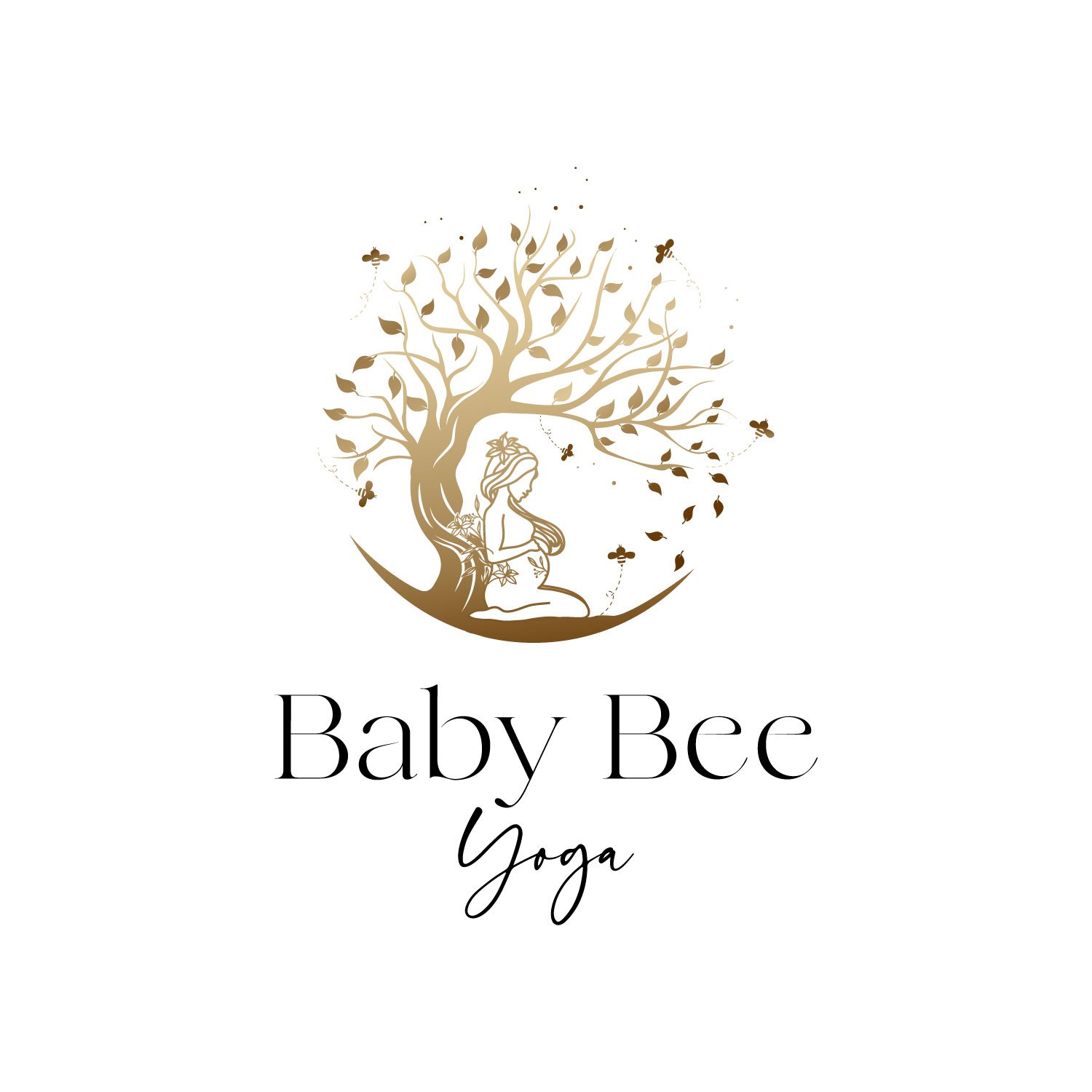Need to Feed Your Little One During Your Yoga Class?
Don’t worry if you have to feed your little one during a yoga class! It’s completely normal and doesn’t mean you have to stop your practice either!
Here are a few feeding-friendly yoga postures to do in the middle of your class!
Meditate -
Close your eyes, bring your focus inward, and focus on your breath.
Neck Stretches -
Lengthen your spine and relax your shoulders down your back. Bring your arm to your opposite ear, and gently pull down. (Use the opposite arm to the breast your using to feed.) Switch baby to the other breast and switch sides.
Twist -
Place the same arm that you’re using to feed baby behind you, allowing for a gentle twist. Switch baby to the opposite breast and switch sides to twist.
Pelvic Floor Work -
Focus on your deep core and pelvic floor while you’re in a comfortable seated position. Begin with a long spine and relax your shoulders down your back. As you inhale - relax your pelvic floor down to the mat and allow your belly to expand. As you exhale - pull your belly button in toward your spine and lift your pelvic floor up off of the mat.
Side Tree Variation -
Lay on your side, with baby beside you, using your bicep as a pillow. Bend your top leg and place the sole of your foot either onto your calf or thigh. Gently press the knee open as you stretch through the groin, hip, and hamstring.
Side Stretch -
Lay on your side, with baby beside you, using your bicep as a pillow. Bring your arms above you and reach your feet downward. Fill your lungs as you reach in opposition and exhale as you melt into the mat.
Relax -
Breastfeeding is hard work! Relax on your back as you place a block, bolster, or blanket beneath you. Bring your legs to a comfortable position (the soles of my feet are together with my knees out wide). Breath deeply and allow yourself to melt into your mat.






















